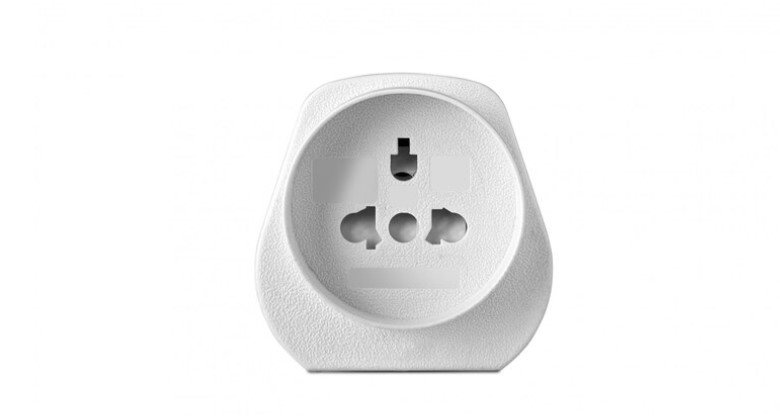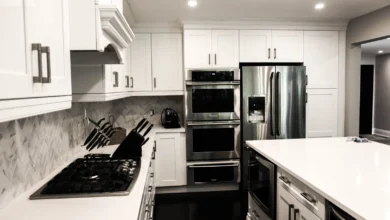Everything You Need to Know About Selecting Durable and Secure Push Button Enclosures

Push button enclosures are crucial components in industrial settings, providing protection and accessibility for control panels and switches. Choosing the right push button enclosure involves considerations of durability, security, and compatibility with environmental conditions. This comprehensive guide will delve into essential factors to help you make informed decisions when selecting push button enclosures for your industrial applications.
Understanding Push Button Enclosures
What are Push Button Enclosures?
Push button enclosures are protective housings designed to safeguard push buttons, switches, and other control components in industrial environments. They shield electrical components from physical damage, dust, moisture, and other contaminants, ensuring reliable operation and longevity of equipment.
Types of Push Button Enclosures
Push button enclosures come in various types to accommodate different applications and environmental conditions:
- Wall-Mounted Enclosures: Installed directly on walls, these enclosures are suitable for space-constrained environments or where quick access to controls is necessary.
- Floor-Mounted Enclosures: Larger in size, these enclosures are ideal for housing multiple push buttons and switches. They are typically used in spacious industrial settings.
- Panel-Mounted Enclosures: Designed to be integrated into control panels or machinery, these enclosures provide a streamlined appearance and protect controls within existing structures.
Key Factors to Consider When Selecting Push Button Enclosures
Material Selection
The choice of material significantly impacts the durability and performance of push button enclosures:
- Steel: Known for its strength and resistance to impact, steel enclosures are suitable for rugged environments where physical protection is essential.
- Stainless Steel: Offers superior corrosion resistance, making it ideal for outdoor applications or environments exposed to moisture and chemicals.
- Aluminum: Lightweight yet durable, aluminum enclosures are favored for their ease of installation and resistance to corrosion.
- Plastic: Provides excellent electrical insulation and is resistant to chemicals. Plastic enclosures are often used in less demanding environments.
Environmental Ratings: NEMA and IP
Understanding NEMA (National Electrical Manufacturers Association) and IP (Ingress Protection) ratings is crucial for ensuring push button enclosures can withstand environmental challenges:
- NEMA Ratings: Indicate the enclosure’s ability to protect against environmental hazards such as dust, water, and corrosion. Common NEMA ratings include NEMA 4, NEMA 4X, and NEMA 12, each suited for different levels of protection.
- IP Ratings: Consist of two digits (e.g., IP65), where the first digit represents protection against solids and the second against liquids. Higher IP ratings indicate greater protection against ingress of dust and water.
Size and Configuration
Choosing the right size and configuration of push button enclosures depends on the number and type of controls they will house:
- Internal Space: Ensure sufficient internal space to accommodate push buttons, switches, and other components comfortably.
- Accessibility: Consider ease of access for maintenance and operation. Adequate space inside the enclosure facilitates wiring and troubleshooting tasks.
Mounting Options
Selecting the appropriate mounting method enhances accessibility and functionality:
- Wall-Mounted: Suitable for applications where space is limited and quick access to controls is necessary.
- Floor-Mounted: Ideal for larger enclosures or environments where additional protection and stability are required.
- Panel-Mounted: Integrates seamlessly into control panels or machinery, providing a streamlined appearance and convenient access to controls.
Enhancing Security and Access Control
Locking Mechanisms
Security features such as locks and keypads help prevent unauthorized access to push button enclosures:
- Padlocks: Provide basic security and are suitable for environments where frequent access by authorized personnel is required.
- Keyed Locks: Offer higher security levels, requiring specific keys for access.
- Electronic Keypads: Provide advanced access control options, allowing for programmable user codes and audit trails.
Customization and Accessories
Customizing push button enclosures ensures they meet specific operational requirements:
- Cutouts and Holes: Customized cutouts accommodate various control elements, such as push buttons, switches, and indicators.
- Ventilation and Cooling: Incorporating ventilation fans or passive cooling vents prevents overheating of enclosed components, ensuring reliable operation.
- Labels and Markings: Clearly labeled enclosures facilitate quick identification and operation of controls, minimizing errors and downtime.
Installation and Maintenance Best Practices
Proper Installation
Follow manufacturer guidelines for installation to ensure optimal performance and safety:
- Secure Mounting: Ensure the enclosure is securely mounted to prevent movement or detachment.
- Sealing and Gasketing: Use appropriate gaskets and seals to maintain the enclosure’s environmental protection capabilities.
Regular Maintenance
Routine maintenance prolongs the lifespan and reliability of push button enclosures:
- Inspections: Periodically inspect enclosures for signs of wear, corrosion, or damage.
- Cleaning: Keep enclosures clean and free of debris to prevent obstruction of ventilation openings and control mechanisms.
- Component Checks: Verify the functionality of push buttons, switches, and other controls to detect potential issues early.
Conclusion
Selecting durable and secure push button enclosures is essential for maintaining operational efficiency and safety in industrial environments. By considering factors such as material selection, environmental ratings, size, configuration, and security features, you can choose enclosures that protect critical controls effectively.
Proper installation and regular maintenance further ensure the longevity and reliability of push button enclosures, supporting uninterrupted performance of industrial equipment and machinery.




